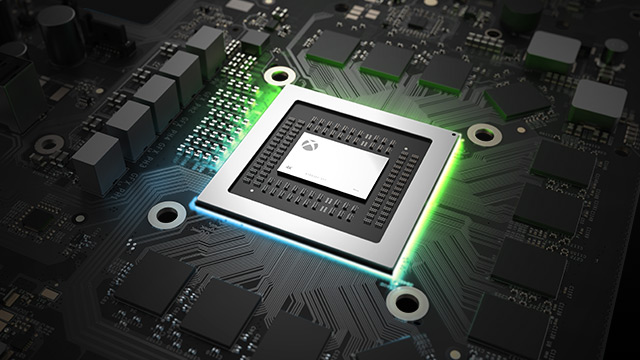Looking at PS4 hardware development in interview with Mark Cerny
https://www.digitaltrends.com/gaming/meet-the-guy-who-engineered-the-playstation-4/
"
Some of the tech in the PlayStation 4 didn’t exist even a few years ago, at least not on a level that made it practical for consumers. When you first started designing the hardware, how did you plan around tech that may not have been available yet?
We had six years to make the hardware, and it only takes about four years to do the actual engineering, so we had two years to figure out what we wanted to make the PlayStation 4. And we looked at a huge variety of technologies, including some that were just coming into possibility. In the end we decided that we could hit sort of a sweet spot by working with AMD’s PC technology, the CPU and GPU, and then aggressively enhancing the GPU for that long-term growth."
"
Did the hardware development determine the release date, or did the release date determine the development cycle?
We’d been targeting Holiday 2013 for many years, but with hardware, you never quite know if you’re going to be able to reach the date. If you screw up something in your main custom chip, you could easily find that it takes six months to fix. And then you end up out of your targeted launch year."
"
So you finalized the hardware two years ago?
We finalized the spec of the hardware. The process of creating the hardware is about four years. Two years into that it’s locked enough that you can start talking about all this other stuff that’s going to surround it. It’s not like your work actually finishes at that time, or that was any particular milestone. But it was sort of an “ok guys, we know what the hardware is now.”
If we assume that this development process also applies to PS5 and maybe Scarlett, will this enable us to narrow down the possibilities for next gen console hardware in the light of AMD's market availability for RDNA 1, RDNA 2 and Ray Tracing architecture?
I like to be surprised rather than disappointed when we finally get the juicy specs




